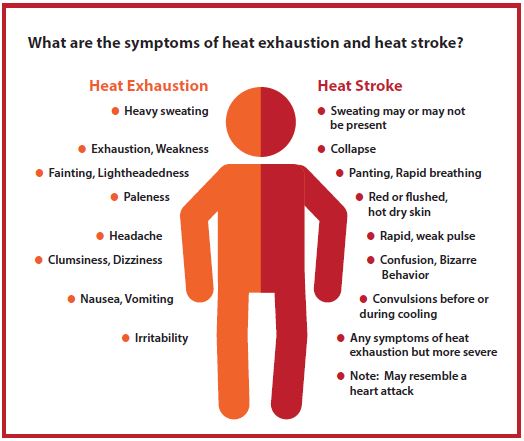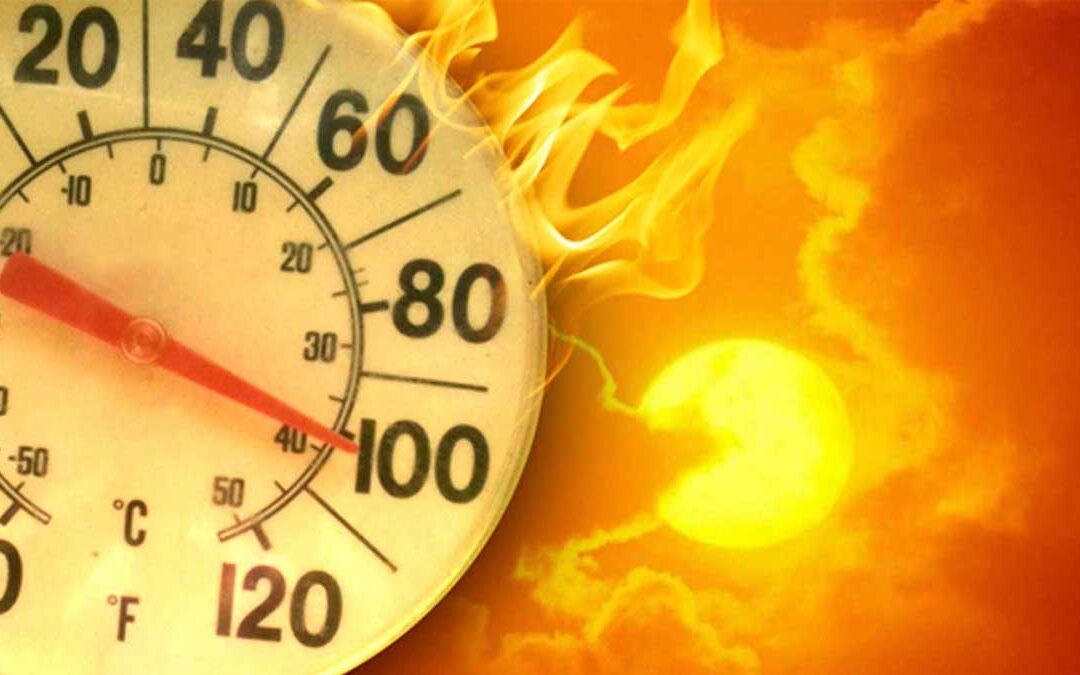To protect workers from heat-related illness, the state of Maryland has implemented a new Heat Safety Standard that requires employers to monitor and protect their employees.
The Heat Safety Standard applies to indoor and outdoor workplaces when employees are exposed to a heat index — what the temperature feels like when relative humidity is combined with the air temperature — of 80 degrees or higher.
It couldn’t be more timely — extreme heat kills more Americans than any other kind of weather-related death, according to the National Weather Service. The U.S. Occupational Safety and Health Administration (OSHA) reports that, “Although illness from exposure to heat is preventable, every year, thousands become sick from occupational heat exposure, and some cases are fatal.” And climate change is making things worse — 2024 was the hottest year on record and the past 10 years have been the 10 hottest in recorded history.
“The Maryland Heat Safety Standard will be vital to protecting our members from heat-related illness, especially as the summer heats up,” said UFCW Local 400 President Mark Federici. “It requires our employers to have a plan in place, to have monitoring and training, and to take direct action to keep our members safe from high heat and humidity. I urge our members to be vigilant in ensuring that management is fully complying with the Heat Safety Standard and to contact their shop steward or representative if there are any violations.”
The Maryland Heat Safety Standard requires employers to:
- Have a written Heat-Related Illness Prevention & Management Plan in place that addresses temperature monitoring, acclimatization, access to drinking water and shade, rest break schedules, how to recognize and respond to suspected heat-related illness, what steps to take in the event of a heat emergency, and training.
- Monitor the heat index. This can include real-time measurement of the temperature and humidity in each workplace, local National Weather Service data, and/or use of the National Institute for Occupational Safety and Health’s Heat Safety Tool application.
- Make sure employees are acclimatized to heat. Exposure to heat and humidity presents the greatest danger to people who aren’t used to it. So for any employee who is newly exposed to heat in the workplace or who returns to work after seven or more consecutive days of absence, exposure time must be gradually increased over a 5-14 day period, with constant monitoring.
- Provide drinking water. Employers must make available at least 32 ounces of drinking water per hour to each exposed employee per workday, and provide drinking water at no cost to exposed employees as close to the work areas as practicable.
- Provide shade access for employees working outdoors.
- Provide alternative cooling and control measures when necessary. These could include job rotation, mechanical ventilation systems, misting equipment, cooling vests, air-cooled or water-cooled garments, and access to recreational water.
- Provide special protective measures following a High-Heat Trigger when the heat-index reaches 90°F or higher. This includes a minimum rest period of 10 minutes for every two hours worked and 15 minutes for every hour worked when employees are exposed to a heat index above 100°F, and monitoring employees for signs of heat-related illness through regular communications.
- Have an Emergency Response Plan in place. It must include procedures for communication so an employee can contact a supervisor or emergency medical services, for responding to signs and symptoms of a possible heat-related illness, and for monitoring employees who may be at risk.
- Provide training for all employees and supervisors over how to handle high heat situations.
Special thanks to our sisters and brothers at AFSCME Maryland Council 3 for detailed information on the Maryland Heat Safety Standard.
Know the Signs of Heat Exhaustion and Heat Stroke
Heat can cause more than just discomfort. Exposure to high heat and high humidity can be life threatening. Make sure you know the signs, symptoms and appropriate first-aid procedures for serious heat illnesses.


